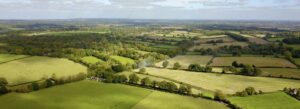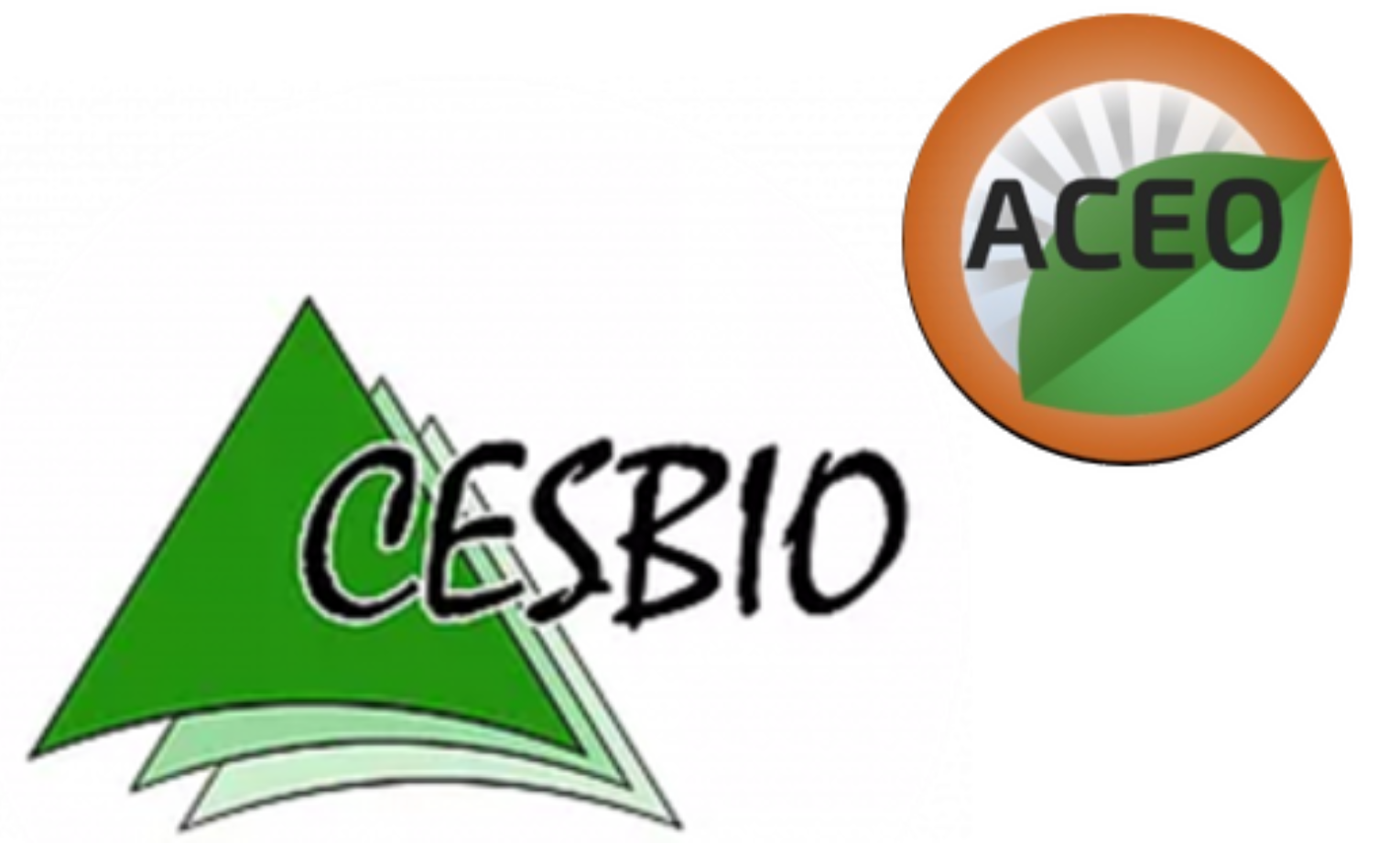Climate Neutral Farms
H2020 ClieNFarms, a 12 million euro Innovation Action project, funded by the European Commission, in support of the European Green Deal, aims to co-develop and upscale systemic locally relevant solutions to reach climate-neutral and climate-resilient sustainable farms across Europe. This pioneering project is coordinated by the Joint Research Unit for AGroecology, Innovations and teRritories (AGIR, INRAE Occitanie-Toulouse) and brings together a consortium of 33 partners. The project has started in January 2022 and it will end in 2026.
Context
In order to reach climate neutrality for farm lands, we have to reduce GHG-emissions by at least 50% by 2050 compared with 1990 levels, increase carbon sequestration and storage and consider biogeophysical effects (albedo, surface heat flux) on climate in a strong systemic approach. Different single solutions exist for different production systems, but if one wants to break the glass ceiling new organisational, technical and financial solutions are requested. These solution have to be supported by voluntarist policies.
ClieNFarms is based on 20 demonstration case studies (I3S) where systemic innovative solutions will be tested and evaluated using up-to-date modeling approaches and multicriteria assessment tools. These case-studies will pave the diversity of the production systems (crops, cattle, dairy, special crop productions, etc) and the diversity of geographical situations (from East to West and North to South of Europe, plus one in New-Zealand). The solutions will be co-designed with farmers and the surrounding ecosystem (R&D, finance, supply chain, etc) through creative arena in a living-lab like structure. Involving finance and supply chain will help creating an enabling environment for farmers transition to climate-neutral farms.
ClieNFarms also intends to pave the way for combined biogeochemical (reduction in GHG emissions, increase in C storage) and biogeophysical effects (increase surface albedo, reduction in sensible heat flux and infrared radiation) in order to mitigate climate change more efficiently, without any negative impacts for food security or yield/product quality.
The project is vastly innovative as it aims to:
- integrate different solutions to embrace mixed crop farming systems and animal production,
- account for biogeophysical effects associated with changes in management practices in order to promote the synergies between the biogeochemical effects and the biogeophysical effects,
- move from farm level to (eco)system level either through farm networks or by involving supply chains in a multi-actor designed process,
- evaluate and validate integrative solutions and to develop the required financial incentives to engage farmers in the required transition.
Our contribution
CESBIO will contribute to the project through 1) his expertise on the biogeophysical and biogeochemical processes that affect climate and 2) through the implementation of its methods based on modelling and remote sensing to quantify those effects (e.g. RFCC, SAFYE-CO2). The SAFYE-CO2 model is one of the models that will be use to evaluate climate solution impacts. Inter comparisons of models and tools, differing in complexity (process-based, empirical, mathematical), purpose and/or system boundaries (life cycle assessment, energy estimates), spatio-temporal scales (field, farm, region, annual, daily), considered processes (GHGs, C sequestration, indirect emissions, albedo) and related data input needs (e.g. climate, soil data, management, remote sensing, economics ) will be performed.
A stratified ensemble approach will be applied, where at least two models per scale/purpose will be used to estimate and compare solution impacts on :
- Field level for arable crops and Grasslands
- Farm and livestock
- Regional scale
- Whole life cycle
- Climate change projections
Model results will allow analysing (model) uncertainties related to solutions and provide support for decision making towards an integrated sustainable transition.

The ClieNFarms website is up and now running! In addition, the first ClieNFarms Newsletter 1 is published here.

